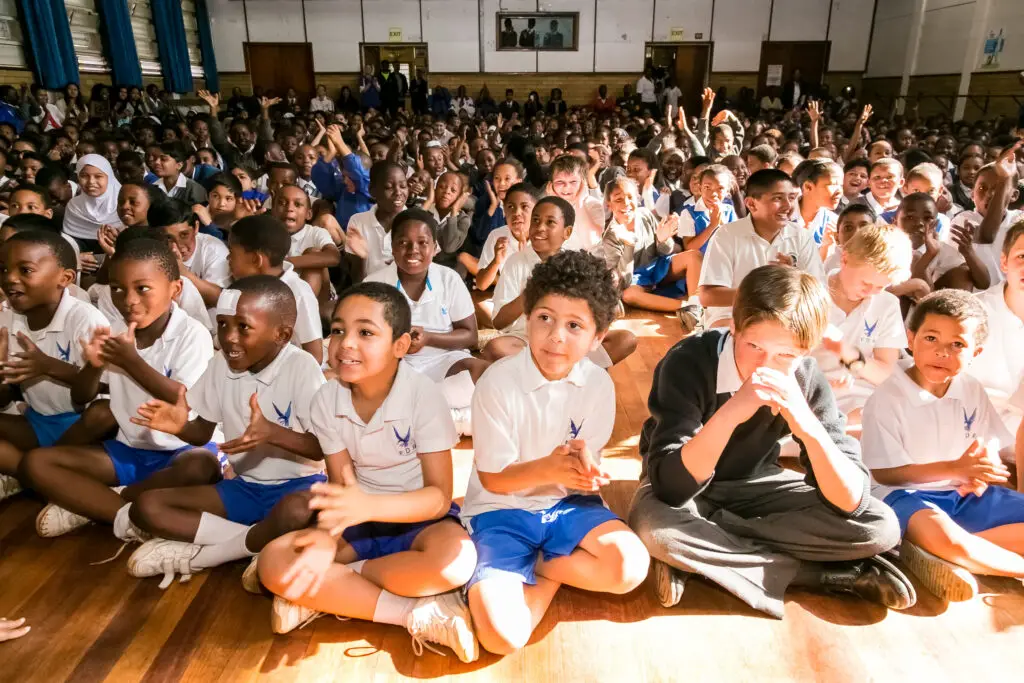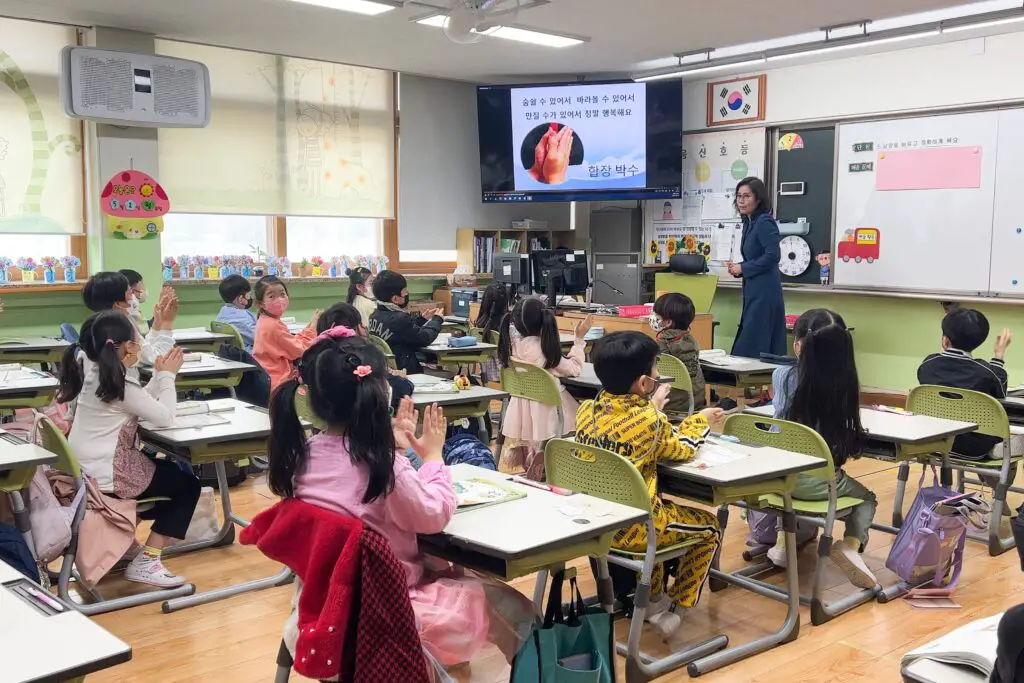1. “Boys are naturally better at math than girls”

For years, the idea that boys excelled in math and science while girls were better suited for arts and humanities was widely accepted in classrooms. This belief not only discouraged young girls from pursuing math-heavy subjects, but it also held them back from realizing their full potential. The myth perpetuated harmful stereotypes about gender and intellectual ability, deeply influencing the choices girls made throughout their academic careers. Fortunately, research has consistently shown that there is no inherent difference in the mathematical abilities of boys and girls.
As society has become more aware of this issue, women have broken barriers in STEM fields, disproving this myth with every milestone they achieve. The myth still lingers in some educational settings, but programs encouraging girls to explore math and science are helping to change attitudes. With more women pursuing careers in technology, engineering, and mathematics, it’s clear that ability in these areas isn’t determined by gender—it’s about opportunity and encouragement.
2. “Students should all learn at the same pace”

The “one-size-fits-all” approach has long been the standard in education, where students were expected to move through material at the same rate, regardless of their individual abilities. This created a system where slower learners felt left behind, and faster learners were often under-challenged. For many, it resulted in frustration, with students either falling behind or losing interest in subjects they could otherwise excel in.
In recent years, personalized learning has gained traction, where educators take into account each student’s learning style, pace, and needs. This approach fosters an environment where students can master material at their own speed and receive the support they need to succeed. With modern tools and teaching methods, such as adaptive learning technology, students now have more flexibility to thrive academically in a way that suits them.
3. “You must memorize everything to succeed”

Back in the day, rote memorization was often seen as the key to success in school. Students were expected to recall facts and formulas on command, with little regard for understanding the concepts behind them. This approach worked for some, but it left others feeling disconnected from the material, as they couldn’t make meaningful connections with what they were learning.
Today, educators are shifting their focus toward critical thinking and problem-solving skills. The idea now is that understanding the “why” behind a concept is just as important as recalling facts. By emphasizing analytical skills and the application of knowledge, students are better equipped to use what they learn in real-world situations. This shift is a game-changer in education, helping students become active, lifelong learners.
4. “Failure is the end of the road”

For many students, a poor grade or a failed test felt like the end of their academic journey. The fear of failure was often so overwhelming that students would either give up or avoid challenges altogether, fearing that one setback would define their abilities. This attitude was ingrained in the educational system for decades, where success was seen as a linear path, and failure was something to be ashamed of.
However, in recent years, educators have embraced the idea of “failure as a learning opportunity.” This mindset encourages students to see failure not as the end, but as a stepping stone toward growth. When students are given room to fail, learn from their mistakes, and try again, they develop resilience and a deeper understanding of the material. This shift in perspective is transforming how we approach learning.
5. “The best students are the most obedient”

The traditional view of a good student was one who followed rules, sat quietly, and completed tasks exactly as instructed. Creativity, questioning, and independent thinking were often overlooked or even discouraged, as they were seen as distractions from the real task at hand. This rigid system stifled students’ individuality and failed to nurture their full potential.
Now, educators are recognizing that critical thinking and creativity are essential parts of education. The modern classroom encourages students to ask questions, explore new ideas, and engage in discussions. The ability to think critically and solve problems is valued more than simply following instructions. This approach is fostering a generation of students who are not only knowledgeable but also innovative thinkers.
6. “You can’t teach old dogs new tricks”

This myth suggested that older students or adult learners were incapable of mastering new skills, especially in fields like technology or mathematics. It implied that once someone reached a certain age, their ability to learn effectively diminished. For years, this belief kept older individuals from returning to school or pursuing further education.
In reality, lifelong learning is not only possible but essential. Studies show that adult brains can continue to grow and adapt with the right kind of stimulation. Programs designed for adult learners, such as evening classes or online courses, have flourished as more people realize that age is not a barrier to education. Today, students of all ages are proving that it’s never too late to learn something new.
7. “Sports and academics don’t mix”

For a long time, there was a belief that students could either excel in academics or in sports, but not both. This idea placed undue pressure on athletes, who were often told to choose between their passion for sports and their academic pursuits. It also reinforced the stereotype that athletes were less intelligent or focused than their peers who prioritized schoolwork.
As we’ve come to understand, excelling in both academics and sports is not only possible but beneficial. Students who engage in sports often develop valuable life skills such as time management, teamwork, and discipline, which can directly enhance their academic performance. More schools are offering programs that allow students to balance athletics and academics, recognizing the importance of fostering well-rounded individuals.
8. “Only certain subjects are ‘real’ education”

For decades, subjects like the arts, music, and physical education were often treated as secondary to “serious” subjects like math, science, and literature. Students interested in these fields were sometimes made to feel as if they weren’t on the same intellectual level as their peers pursuing more traditionally academic tracks. This myth caused many students to doubt the value of pursuing creative or physical disciplines.
Today, there’s a broader understanding of the value of all subjects, including the arts and physical education. Creative fields help students develop problem-solving and innovative thinking skills, while physical education promotes overall well-being. With research showing the positive effects of a well-rounded education on student success, more schools are integrating diverse subjects into their curriculum to ensure students develop a broad set of skills.
